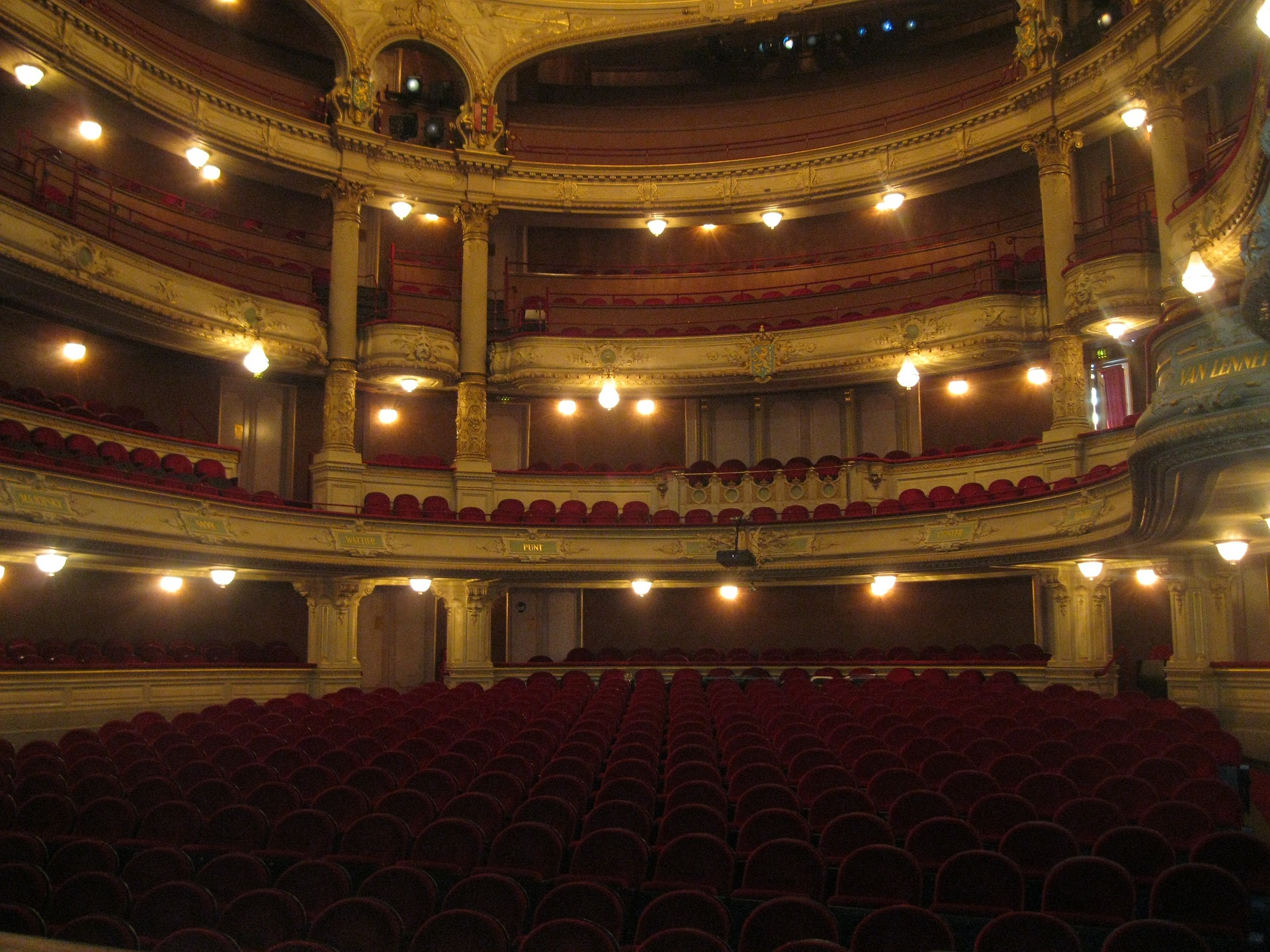Technicolor Takes Flight: A Cinematic Pheonix Rising
In the ever-expanding universe of cinematic arts, the forgotten magic of Technicolor has been resurrected, breathing vibrant life into contemporary filmmaking. This article delves into the rich history, recent resurgence, and profound impact of Technicolor on modern cinema.

A Nostalgic Glimpse into Technicolor
Technicolor, an early color motion picture process, graced the silver screen from the 1920s to the 1950s. It transformed black-and-white films into vivid, colorful masterpieces, marking a groundbreaking era in cinema history. Its iconic three-strip process produced lush, vibrant colors that were previously unimaginable. Classics like ‘The Wizard of Oz’ and ‘Gone with the Wind’ were brought to life, forever changing the cinematic landscape.
Technicolor’s Fade into Oblivion
Despite its initial success, Technicolor faced a slow decline. The advent of Eastmancolor in the early 1950s marked the beginning of the end, offering a cheaper and more convenient alternative. The expensive, labor-intensive Technicolor was gradually phased out, and by the late 1970s, it was virtually extinct.
Technicolor’s Unexpected Resurgence
In recent years, Technicolor has experienced an unexpected resurgence. Contemporary filmmakers, seeking to capture the nostalgic charm and visual flair of classic cinema, have embraced the Technicolor process. This revival is a testament to the enduring appeal of Technicolor’s vibrant hues and distinctive aesthetic. Oscar-winning films like ‘La La Land’ and ‘The Shape of Water’ have harnessed the Technicolor magic, breathing new life into this historic process.
The Impact and Significance of Technicolor’s Revival
The revival of Technicolor is more than just a nostalgic nod to cinema’s golden age. It’s a bold artistic choice that enriches the film’s visual storytelling. The lush, saturated colors of Technicolor add depth and texture, evoking a sense of wonder and emphasizing the emotional undertones of a scene. This resurgence also signifies a growing appreciation for cinema’s rich history and the artistic techniques of the past.
Looking Forward: The Future of Technicolor
As we move forward, the future of Technicolor looks promising. Its unique aesthetic has found a place in the modern cinematic landscape, captivating audiences with its nostalgic charm. Furthermore, the resurgence of Technicolor has sparked renewed interest in other classic cinematic processes, suggesting a potential revival of historical film techniques.
In conclusion, the rebirth of Technicolor is a testament to cinema’s ability to evolve while honoring its rich heritage. It serves as a vibrant reminder of the power of color in storytelling, transforming ordinary scenes into extraordinary cinematic experiences.




